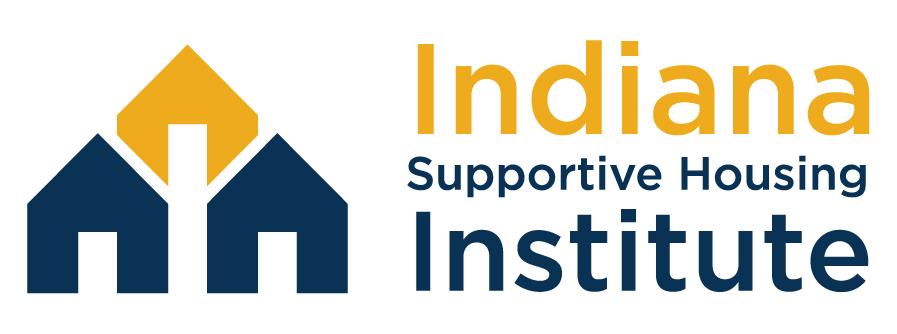Section
Breadcrumbs
Supportive Housing

IHCDA primarily develops permanent supportive housing (PSH) through the Indiana Supportive Housing Institute.
The Institute is an annual training event hosted by CSH and IHCDA focused on helping supportive housing partners navigate the complex process of developing very affordable housing with access to supportive services to prevent and end homelessness.
Participation in the Institute is expected to reduce the time it takes to obtain funding for supportive housing by improving the planning and development process.
IHCDA and CSH select teams of developers/owners, property managers, and supportive service providers to participate in the Institute each year through a competitive Request for Proposals process. The Institute provides over 80 hours of targeted training, individualized technical assistance, and the opportunity to apply for predevelopment financing for both new and experienced development teams. Following successful completion of the Institute and receipt of capital resources, teams receive technical assistance and support from IHCDA and CSH for the life of the project.
- Map of developments funded through the Supportive Housing Institute (as of February 2025)
- List of developments funded through the Supportive Housing Institute (as of December 2024)
- Indiana Supportive Housing Institute Informational One-Pager
- IHCDA Permanent Supportive Housing Research Study One-Pager
Previous Institutes
- 2024: Selection Announcement
- 2023: Selection Announcement
- 2022: Selection Announcement
- 2021: Selection Announcement
- 2020: Selection Announcement
- 2019: Selection Announcement
- 2018: Selection Announcement
Tenant Selection Plan Templates
- What is Permanent Supportive Housing?
Supportive housing combines permanent, affordable housing with services that help people live more stable, productive lives. Supportive housing is developed by combining housing that is affordable to persons with very low or no incomes with flexible supportive services that are designed to meet the special needs of an individual or family. When targeted effectively, supportive housing can be cost-effective for communities. Creating supportive housing involves partnerships and collaboration. Supportive housing is developed for people who but for housing could not access services and but for services could not maintain housing. Supportive housing is typically reserved for people who are experiencing long-term or chronic homelessness and have a disability or chronic health condition.
- What does the evidence say about the permanent supportive housing model?
Permanent supportive housing is widely recognized as an evidence-based practice that can decrease homelessness, improve long-term housing stability, and reduce negative health outcomes for individuals experiencing chronic and long-term homelessness.
- Health Services Research, 2020. “A randomized trial of permanent supportive housing for chronically homeless persons with high use of publicly funded services.” Access a summary and article.
- The Lancet, 2020. “Effectiveness of permanent supportive housing and income assistance interventions for homeless individuals in high-income countries: a systematic review”. Access here.
- Center on Budget and Policy Priorities, 2016. “Supportive Housing Helps Vulnerable People Live and Thrive in the Community.” Access here.
- Where can I find permanent supportive housing in my area?
- How can I get involved in the Indiana Supportive Housing Institute?
IHCDA and CSH annually release a Request for Qualifications seeking applications from eligible teams to develop permanent supportive housing through participation in the Institute. Email Indiana.Institute@csh.org to learn more about the RFQ or for information about how you can support the Institute.
- Can I develop emergency shelter, transitional housing, or affordable housing through the Indiana Supportive Housing Institute?
IHCDA and CSH do not accept proposals to develop emergency shelter or transitional housing through the Indiana Supportive Housing Institute. Proposals for mixed affordable and supportive housing developments (“integrated”) may be accepted based on the funding source offered in specific years. IHCDA and CSH will specify what type of supportive housing developments (100% or integrated) will be accepted during the annual Request for Qualifications.

